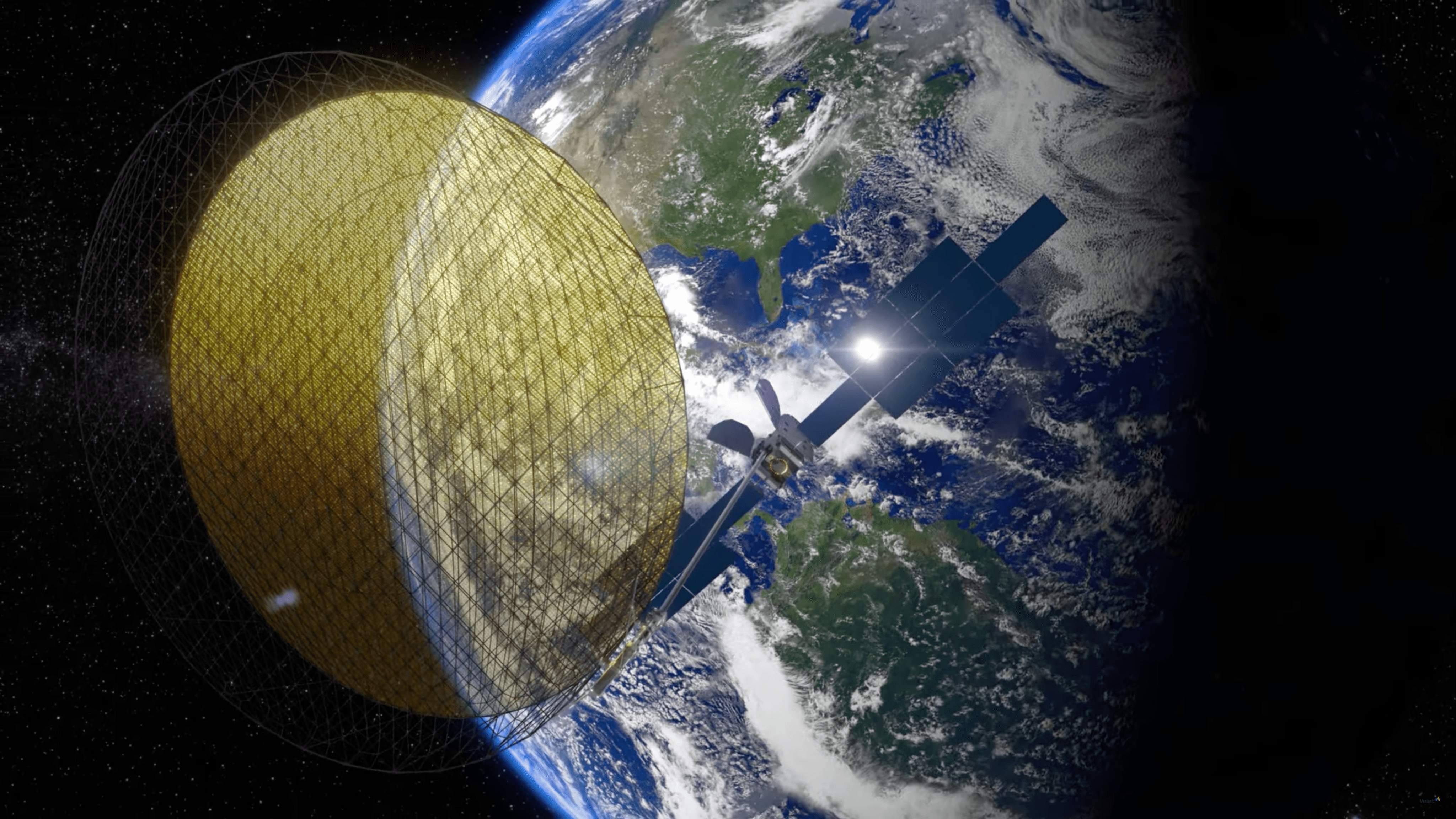
TAMPA, Fla. — Viasat has ruled out ordering a ViaSat-3 Americas replacement as it expects to recover a fraction of the satellite’s 1 terabit per second (Tbps) capacity, the operator said Oct. 12 around three months after disclosing its antenna issue.
While the company only expects to recover less than 10% of the satellite’s planned throughput, it said this is enough to meet current and future broadband customer needs alongside other flexible assets in its 19-satellite fleet, additional spacecraft already underway, and third-party capacity deals.
ViaSat-3 Americas has $420 million in total insurance coverage. It is unclear how much the operator could receive after finalizing its claim before the end of the year.
Space insurers will likely heavily scrutinize any claims that come their way as they face the worst year for losses in two decades.
The other big claim for 2023 is set to come from Inmarsat-6 (I-6) F2, which suffered an anomaly after launching to geostationary orbit (GEO) in February.
I-6 F2 became part of U.S.-based Viasat’s fleet in May following its $6.2 billion acquisition of British operator Inmarsat.
Viasat confirmed it has $348 million of insurance in place for I-6 F2 and will finalize its claim before the end of the year, but did not provide other details in the Oct. 12 news release.
“We are still working through root cause analysis for I-6 F2 to assess whether the satellite will be able to perform its intended mission,” Viasat spokesperson Jessica Packard said.
“Overall long-term planning and mitigation efforts continue to evolve in parallel with our anomaly investigation, and we will share more information as plans firm up moving forward.”
The operator also did not shed any more light on the mechanical issue that affected the deployment of a critical antenna on ViaSat-3 Americas at some point following its April 30 launch to GEO.
Viasat said it remains in commercial discussions regarding insurance coverage and could not comment further.
ViaSat-3 Americas is the first of three 1 Tbps satellites under contract with Boeing for global coverage from GEO.
The second ViaSat-3 satellite was slated to launch this fall on an Atlas 5 rocket from United Launch Alliance to cover Europe, the Middle East, and Africa (EMEA). The third was due to launch half a year later to target Asia Pacific (APAC) was due to launch half a year later.
The operator expects to have more information about corrective actions for ViaSat-3 EMEA, and an update to the launch schedule, when the publicly listed company next reports earnings results in November.
Viasat also said its integration of Inmarsat is proceeding ahead of plan. Even excluding the positive impact of satellite insurance proceeds, it now expects to reach sustainable positive free cash flow during the first half 2025 rather than the second half.
Related
ncG1vNJzZmiroJawprrEsKpnm5%2BifLe1wKyYrWWYlsBusc2orKCgXam1s7vUoJ%2BpraRivK951aKYrJmkYoBurcyeqaKbkah6tbuMmq2ooZRiv6a8y5qanqWVo8Fw